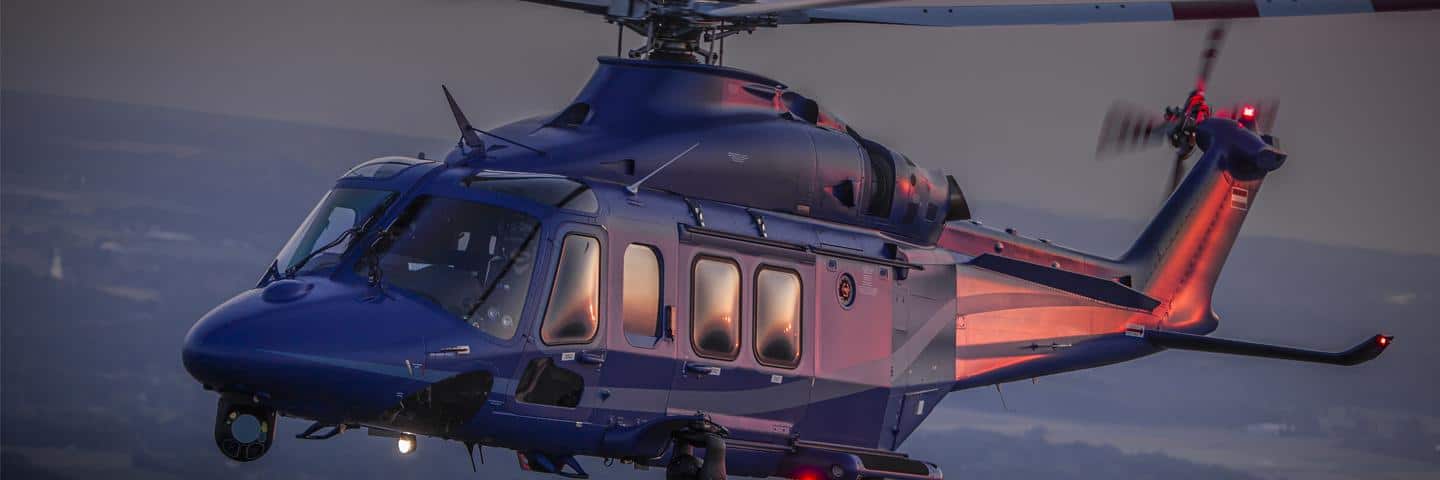In a major step forward for uncrewed aviation, Honeywell and Near Earth Autonomy have completed the first fully autonomous flight of a Leonardo AW139 helicopter, with no pilot input. The test took place in Phoenix, Arizona, and is part of the U.S. Marine Corps’ Aerial Logistics Connector (ALC) program, a push to revolutionize battlefield logistics with scalable, autonomous rotorcraft.
What makes this test different? For the first time, Near Earth’s onboard autonomy software directly controlled the helicopter’s autopilot modes, with zero human control inputs during flight. The aircraft flew itself, demonstrating a high level of autonomous decision-making and precise control—an important milestone on the path to safe, certifiable uncrewed systems.
“This isn’t a prototype built from scratch. This is a proven military-grade helicopter made autonomous,” says SpaceAutonomy.ai editor. “That alone lowers barriers to widespread adoption.”
Why It Matters
The U.S. military—and its allies—are actively seeking ways to deliver supplies, gear, and aid without putting personnel in harm’s way. Whether it’s dense urban combat zones or remote forward-operating bases, autonomous vertical lift platforms like this could change how militaries operate under threat.
The AW139 test proves that legacy aircraft can be retrofitted for autonomy. This approach not only speeds up deployment but significantly reduces costs and leverages decades of engineering reliability.
Next Steps: Smarter, Safer, More Capable
Future tests will focus on advanced capabilities like automated obstacle avoidance, terrain navigation, and full integration into real-world logistics chains. The goal? Create uncrewed aerial logistics platforms that are mission-ready and certified for operational use.
According to Dr. Sanjiv Singh, CEO of Near Earth Autonomy:
“We’re not theorizing. We’re demonstrating real autonomy on real aircraft, today.”
Industry Implications
While the ALC program is focused on defense, the broader applications are impossible to ignore. From disaster response to remote industrial operations, the tech underpinning this flight could eventually serve civilian markets seeking autonomous logistics solutions.
A Turning Point in Aviation Autonomy
Honeywell’s collaboration with Near Earth signals a growing shift: major aerospace players are no longer just talking about autonomy—they’re building it into their systems.
This successful AW139 flight is more than a demo. It’s proof that autonomy in military rotorcraft isn’t a future concept—it’s operational now. And as testing continues, the implications will echo far beyond the battlefield.
S-11
